Think of your favorite novels or short stories. Now imagine them without the main characters. Much of the intrigue, if not all, is likely woven through those stories via the main character’s perspectives and experiences, and without them, we’re left with just words.
The tradition of providing a main character in storytelling is attributed by some to Ancient Greece, where a poet named Thespis possibly became the first person to step on stage as an actor with dialogue from the perspective of a character. Since then, this method of having a main character, also known as a protagonist or hero, has evolved significantly with many proven benefits to storytelling, such as:
1. Serving as the emotional core of the story, providing your readers with someone to invest in and connect to emotionally, perhaps through empathy, sympathy, or even dislike.
2. Providing a lens, or perspective, through which the story is experienced and can help organize events and themes into a cohesive narrative.
3. Facing a central conflict, which creates tension and the need for a response.
4. Embodying elements that lead to plot advancement, such as goals, decisions, and actions.
All this is to say a main character often makes your story sticky and helps keep your reader engaged from beginning to end. How? Character-driven stories trigger the production of oxytocin, a neurochemical that makes people feel more cooperative.
Oxytocin production is especially valuable in professional storytelling, in which stories commonly end with a call-to-action (CTA) that invites readers to donate to or get involved with the presented topic. Studies on philanthropic giving find that people experiencing the effects of oxytocin donated 56% more to charitable causes than the control group.
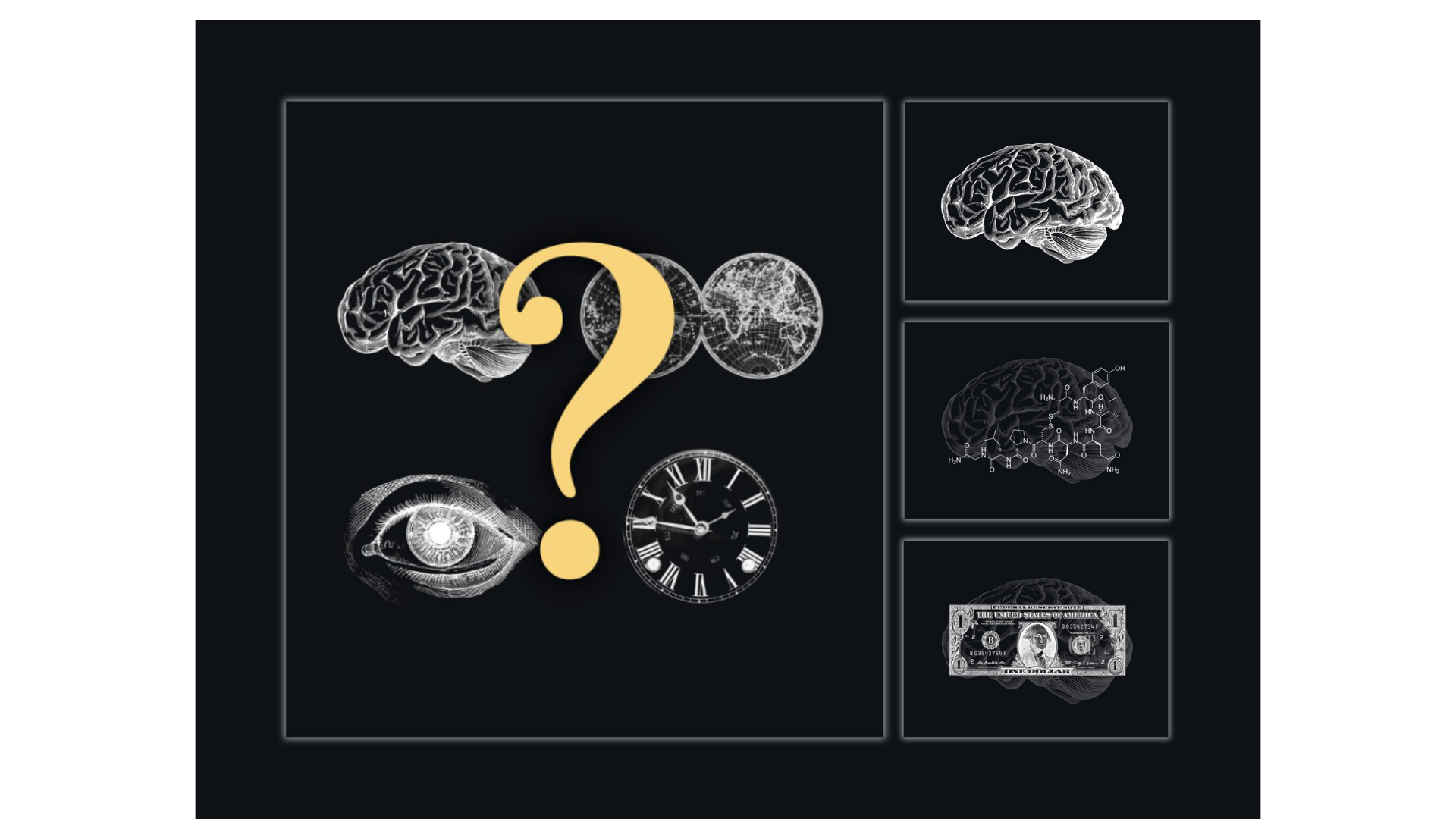
Another note when using storytelling in a professional capacity is the idea that a main character doesn’t need to be human — though we love a human, even yourself! We’ve seen stories that make anything from a building to an animal to a geological feature the main character to communicate broader topics like construction, wildlife migration, or 3D modeling.
Giving your story a hero
So, how can you participate in the rich tradition of captivating your audience by giving them a hero? As much as we love the heroes in our favorite stories, they are often devised using common storytelling formulas and tropes handed down throughout time. Using storytelling as a professional tool presents a fantastic opportunity to introduce all new heroes with singular stories to tell.
You might think, “Okay, well, my field research didn’t exactly include a 10-year seafaring journey with terrible storms and horrifying monsters.”
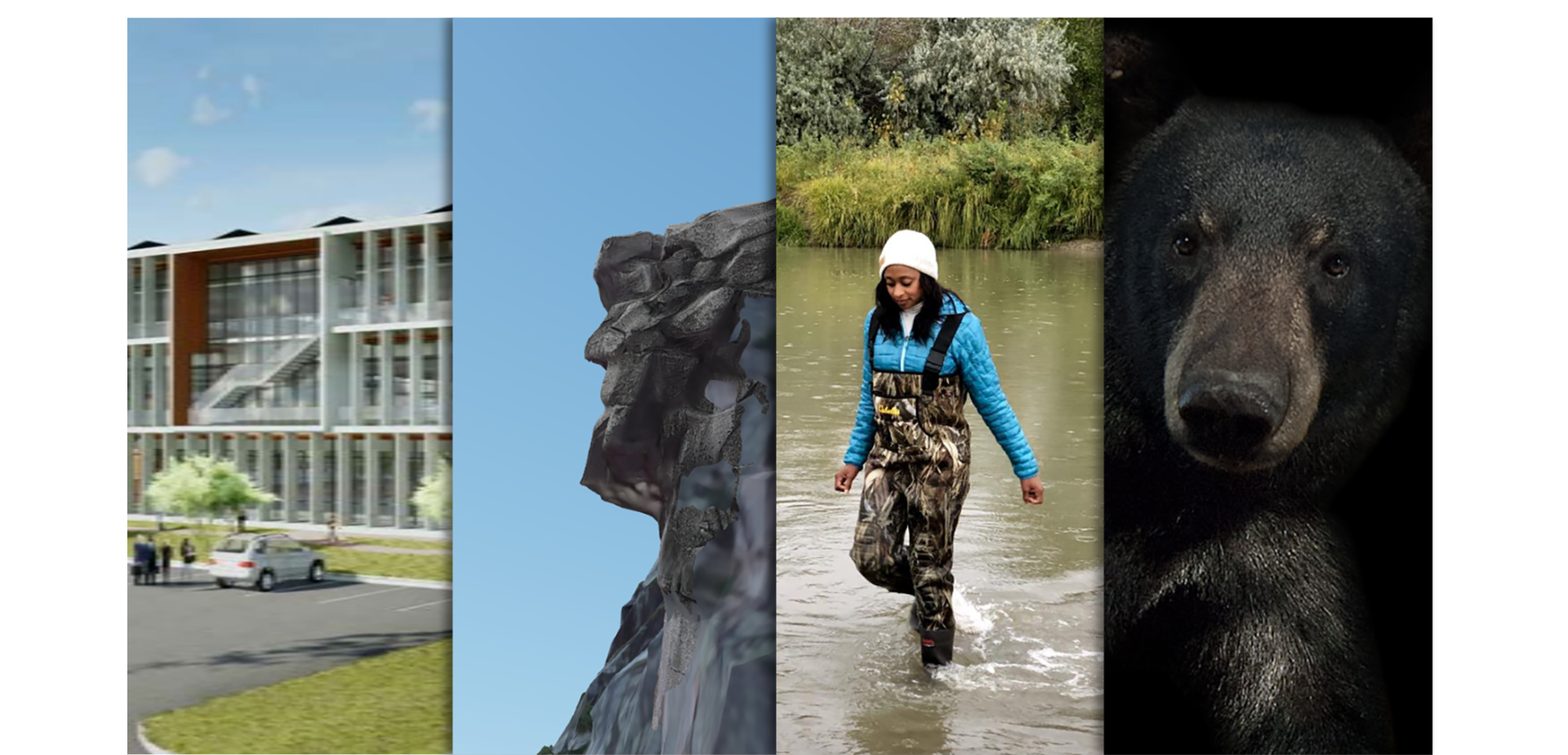
Maybe not, but think about how you can communicate your field research through the perspective of someone or something to create the effect of having a main character or hero, thereby increasing the stickiness of your story. Let’s look at two examples, one of which is a human and one of which is not, from our storytelling community to demonstrate this.
Making grizzly bear conservation sticky
In storytelling, a human main character often embodies universal emotions like love, fear, or ambition, and this can inspire readers because it reflects our own experiences or feelings. It is common to find ourselves drawn to characters whose journeys mirror our own fears or dreams.
For example, a scholarly article about wildlife conservation is undoubtedly informative, but will it inspire a donation to support your cause or a student to become an ecologist? Maybe, but centering a conservation narrative around a main character or hero will significantly increase the chance of either of those things happening.

“My name is Dr. Rae Wynn-Grant, and I am a large carnivore ecologist.”
The story Homecoming begins with an introduction to Dr. Rae Wynn-Grant, a large carnivore ecologist working in grizzly bear conservation. Her picture immediately reminds us that research isn’t just text on a page but the result of a person dedicating themselves to something. The initial motivation to continue reading Dr. Wynn-Grant’s story may simply come from our empathetic inclination to support another human.
Her story then moves into an approachable narrative about grizzly bear conservation and her research techniques, supplemented by multimedia visualizing the discussed concepts. This method makes Dr. Wynn-Grant’s experiences understandable and her ambitions relatable, further increasing the story’s inspiration factor by making us feel like we belong here – perhaps to learn more, donate, or even become an ecologist!
Making ungulate migration research sticky
At its core, the story World’s Longest Mule Deer Migration: Red Desert to Hoback is about ungulate migration research. The authors could have chosen to engage their audience in the same manner a textbook might. This may be effective for the handful of readers who are really into ungulate migrations, but it’s less likely to inspire long-lasting interest in other readers. Enter Deer 255.
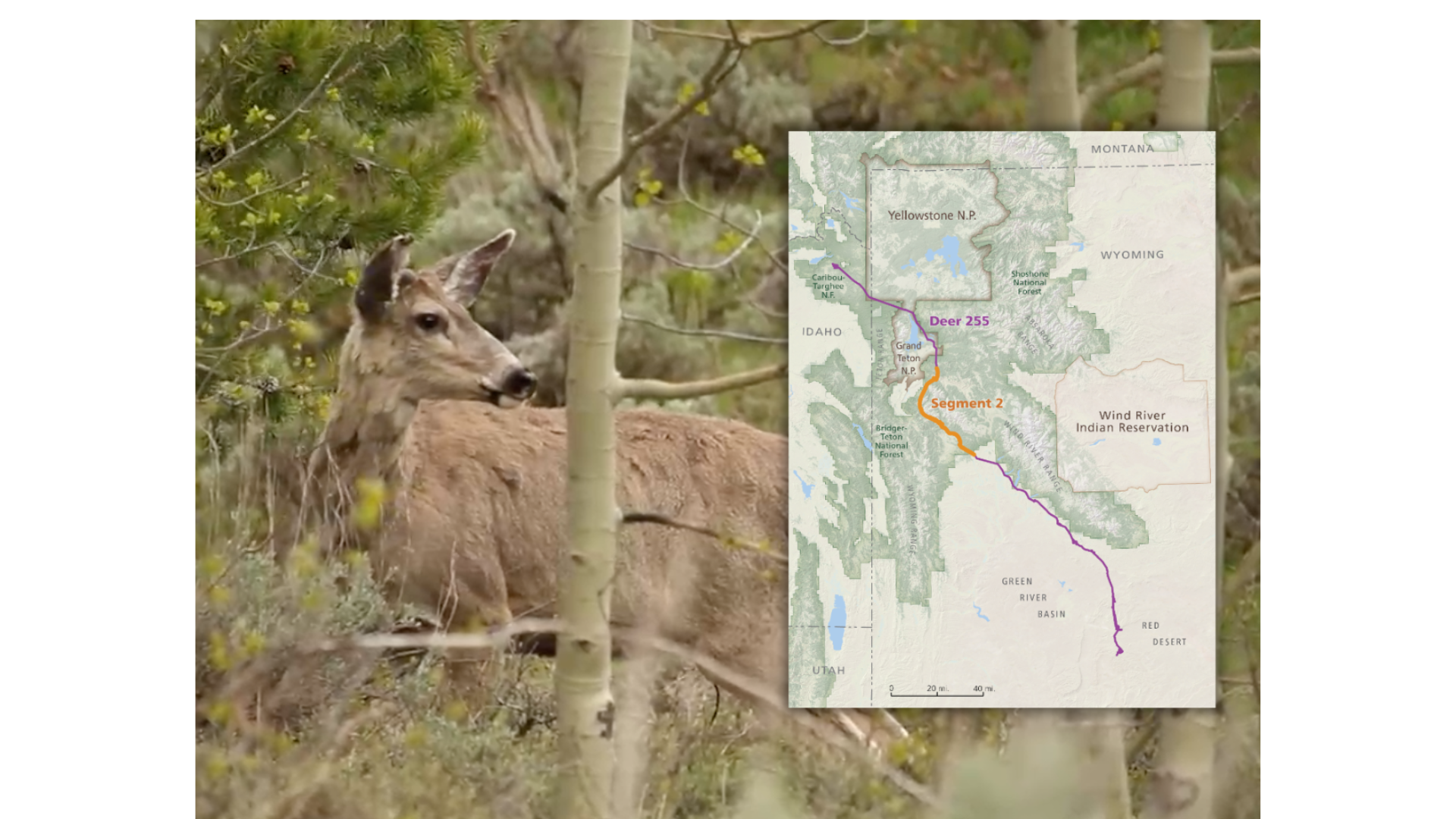
“She is known as Deer 255…she lives in the heart of Greater Yellowstone Ecosystem but travels far into Wyoming’s sagebrush sea and high desert ecosystem for winter.”
Deer 255 now gives readers a hero to latch onto, invest in, and cheer on. We get to learn about ungulate migration research through her eyes, so not only do we get a sense of the routes she takes to get from one place to another, but we also become familiar with the hurdles she faces along the way.
This makes the story relatable and tugs at our heartstrings, and it leads to curiosity about if and how she reaches her destination, making it more likely that we’ll read the story from beginning to end — all while learning about ungulate migration research along the way!
Further inspiration
Check out Hero of the Story, a collection of stories from our global storytelling community that demonstrate how you can communicate a broader topic — and elevate your story — by telling it from the perspective of someone or something.
You can also learn more about giving your story a hero — and much more! — from our ArcGIS StoryMaps short video series, where we share little things that can make a big impact on your storytelling.


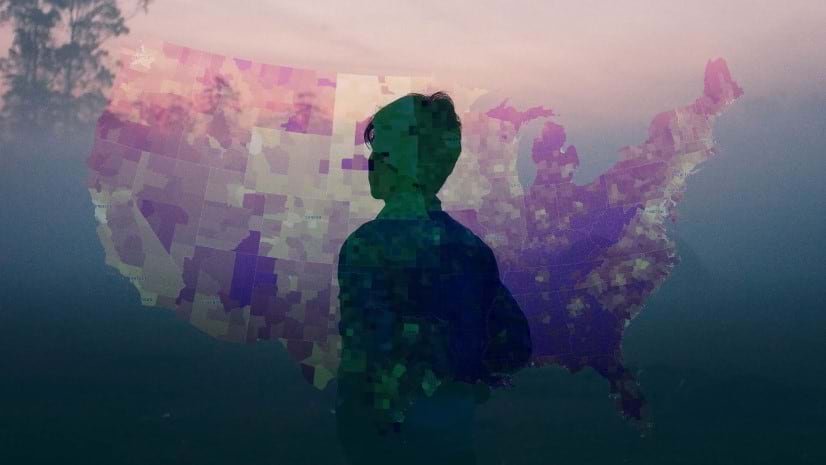
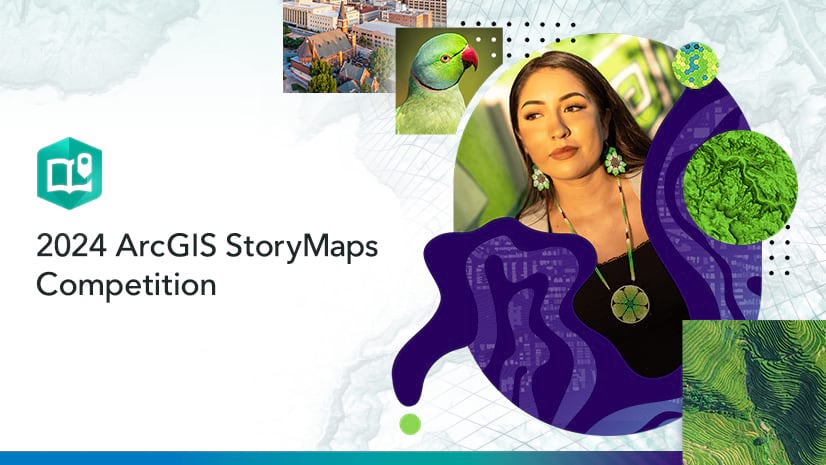

Article Discussion: